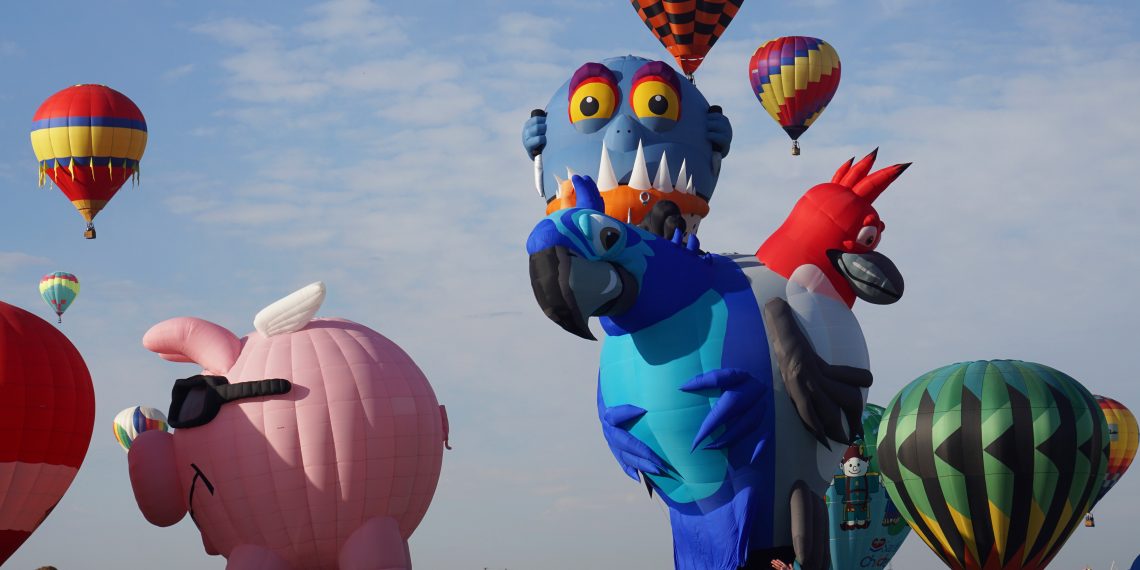The Farasan Islands are currently teeming with excitement as they play host to the 20th iteration of the Hareed (parrotfish) Festival. Located 40 kilometers off the coast of Jizan in the Red Sea, these coral islands become the center of attention during the annual celebration that takes place in late April and early May, in honor of the parrotfish’s arrival in the islands’ shallow waters.
For many years, the local community of Farasan has revered this natural event, and it has evolved into more than just an aquatic spectacle. The festival is a vivid display of the islands’ distinctive customs, folk traditions, games, and artisanal crafts. It also casts a spotlight on the islands’ remarkable tourism prospects and historical landmarks.
Among the cultural treasure trove on display is “Al-Dana”, a mesmerizing vocal art form that stands as one of the oldest folk traditions of Farasan. Born out of the sailors’ difficult journeys during lengthy pearl-diving excursions, this soulful expression of desire has become a fiber in the cultural fabric of the islands.
The festival is also an occasion for the islanders to exhibit their traditional crafts. Attendees witness firsthand the crafting of fishing traps and nets, the complex weaving of palm fronds, and the creation of various goods such as bags, rugs, and hand-knitted hats.
A special section of the Hareed fishing site is designated for family and children’s activities where participants engage in parrotfish catching using age-old methods that involve constructing barriers to trap the fish—a practice that strengthens the bond between families and the island’s fishing traditions.
The Saudi Press Agency has showcased some of the most notable tourist spots on the Farasan Islands, emphasizing the exceptional potential for tourism in the region.
Just a short distance from Farasan Grand Island, the heritage site of Al-Qassar Village captivates numerous visitors. Known for the archipelago’s largest palm oasis, Al-Qassar was historically a summer haven for islanders who would travel by camel to enjoy a three-month respite during Al-Asef, the northwestern summer wind following the Hareed fishing season.
With approximately 400 homes, Al-Qassar Village is renowned for its abundant supply of fresh groundwater. The unique stone houses with roofs made from palm planks, leaves, Doum palm, or Anisotes trisulcus branches, all sealed with algae and mud, are testaments to traditional construction methods that are resilient to the harsh climate.
The Hareed Festival is more than just an event; it’s a deep dive into the spirit and essence of the inhabitants of the Farasan Islands, celebrating their rich cultural heritage and the enchanting beauty of their natural environment.


